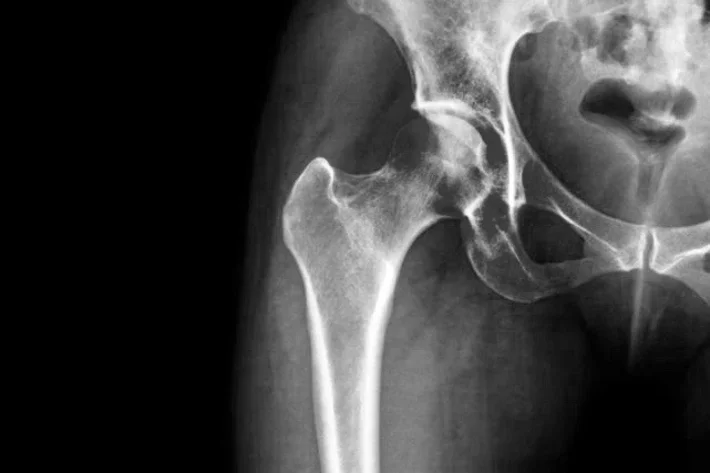
Meet with the best bone fractures physical therapists in Chapel Hill, North Carolina
Chapel Hill, North Carolina, Luna employs physical therapists that specialize in treating patients with bone fractures. Our PTs help patients adjust to life with their injuries, and formulate custom treatment plans to help patients recover once the bone has mended.
The best part? With Luna, patients can receive physical therapy for bone fractures right in the comfort of their own homes. Our physical therapists come to you — it’s physical therapy, delivered.

What are bone fractures?
Bone fractures, or broken bones, occur when a bone comes in contact with a force that causes it to break, split, or fracture. Fractures are most commonly caused by a forceful impact, and they’re more common in young children and the elderly than they are in young or middle-aged adults. This is because children are more likely than adults to participate in high-risk activities, while elderly patients tend to have more fragile bones.
Bone fractures can be grouped into four main categories: displaced, non-displaced, open, and closed. Displaced fractures occur when the bone breaks into two or more pieces that are in one way or another misaligned. Non-displaced fractures occur when the bone breaks, but the separated pieces remain in their proper alignment.
Open and closed fractures refer to whether or not the bone punctures the skin. When a fracture is closed, the bone breaks but does not pierce the skin, so there is no open wound. With an open fracture, on the other hand, the bone breaks through the skin, which can place the patient at risk of developing an infection.
Source: WebMD

What causes bone fractures?
Fractures nearly always result from a forceful impact. This force is most likely to occur due to a fall, trauma, or a direct blow. Patients may be at greater risk of fracturing a bone if their bones have been weakened due to previous injury or conditions like osteoporosis or a tumor.
Patients can also develop bone fractures from repeated stresses and strains, particularly if they participate in high-impact repetitive activities like running. These fractures, which tend to be smaller than regular fractures, are called stress fractures. If not properly diagnosed, stress fractures can develop into more severe fractures over time.
The most common causes of bone fractures include:
- Fall
- Trauma
- Direct blow
- Pre-existing conditions
- Repeated stress


















